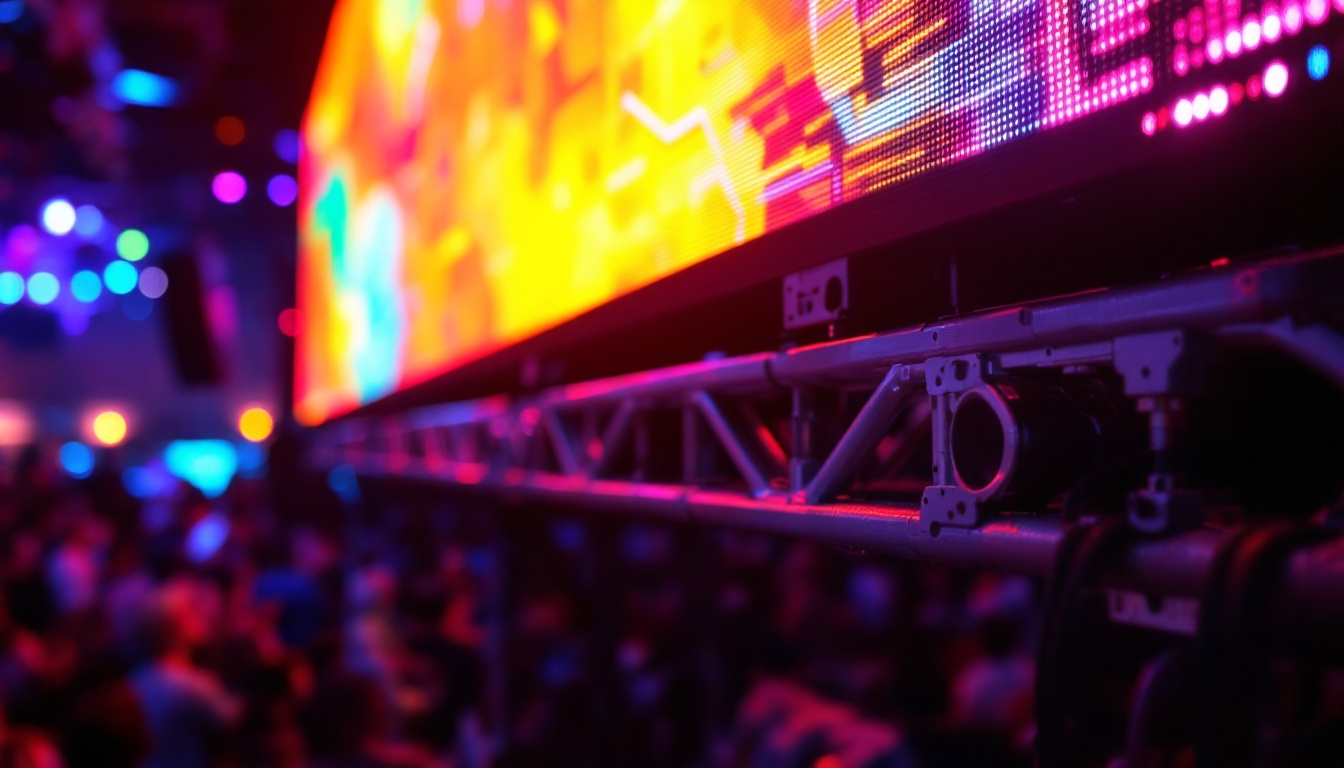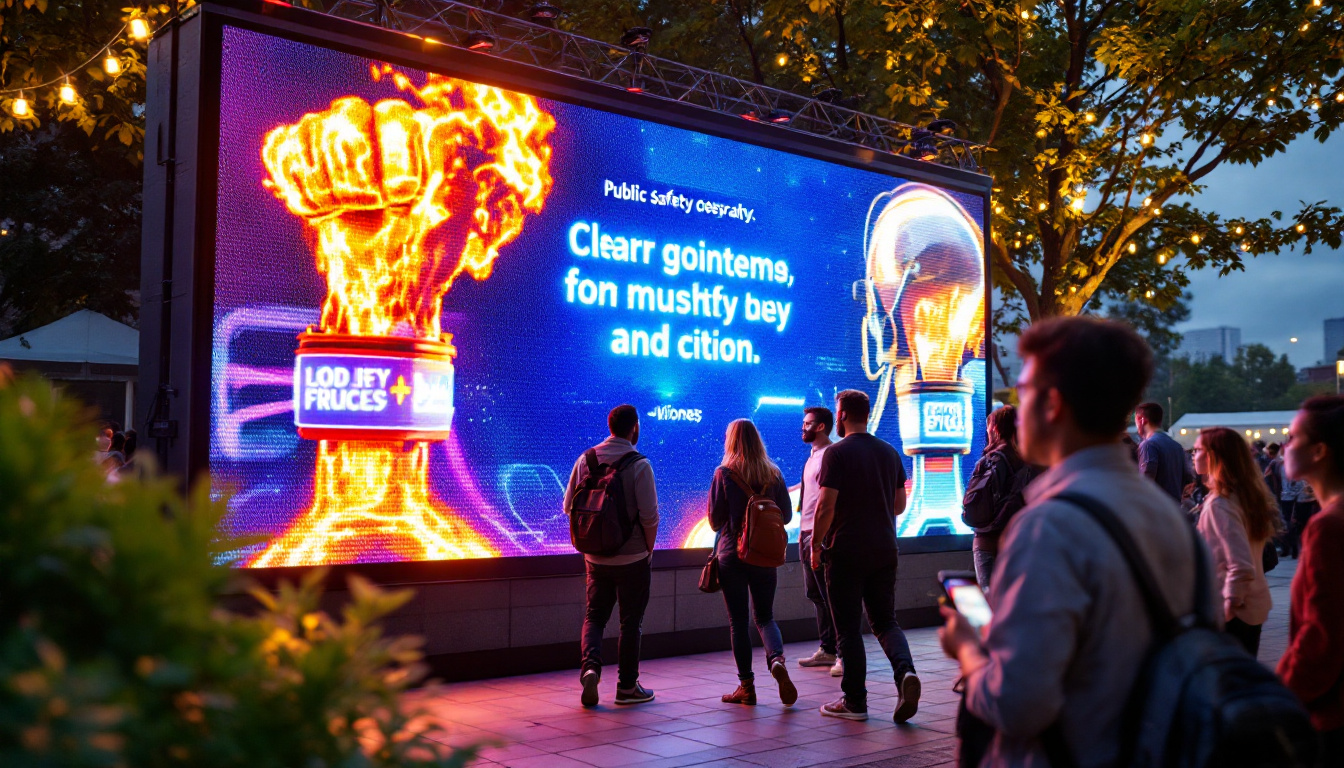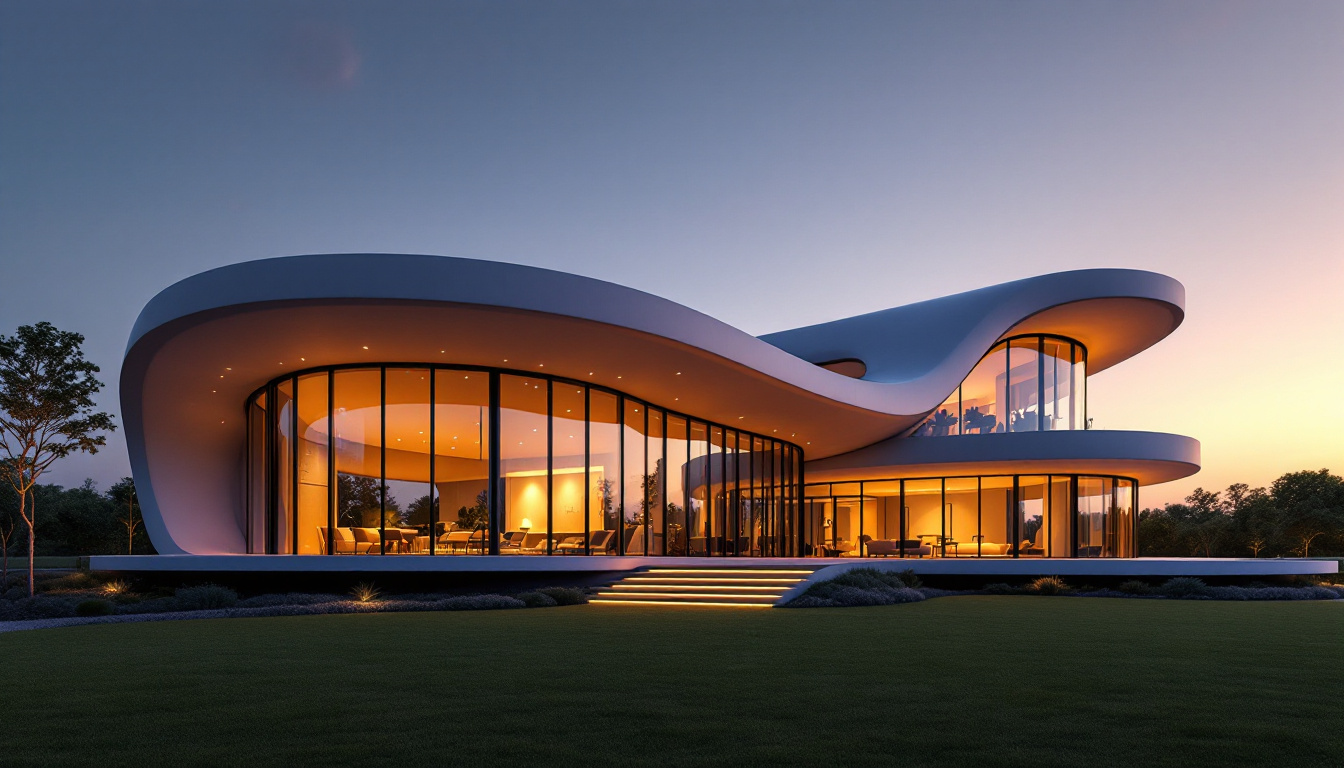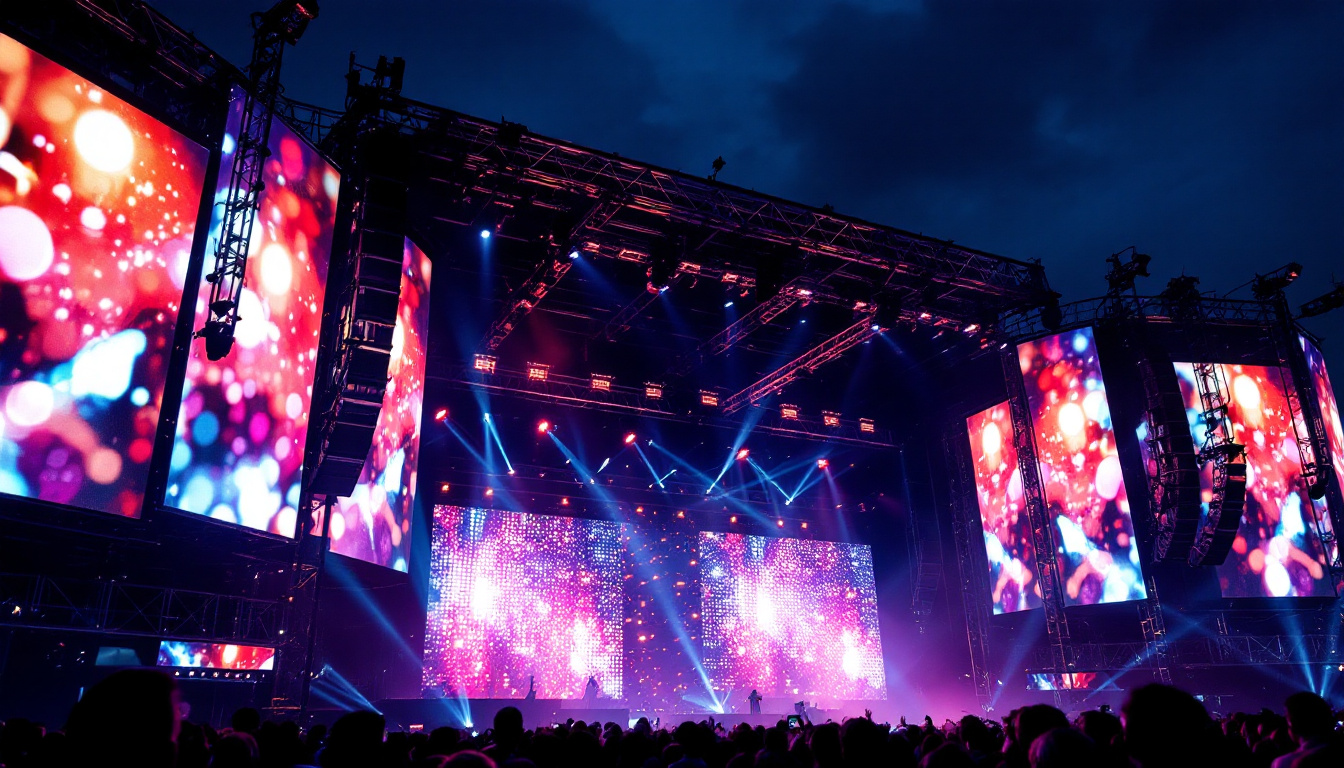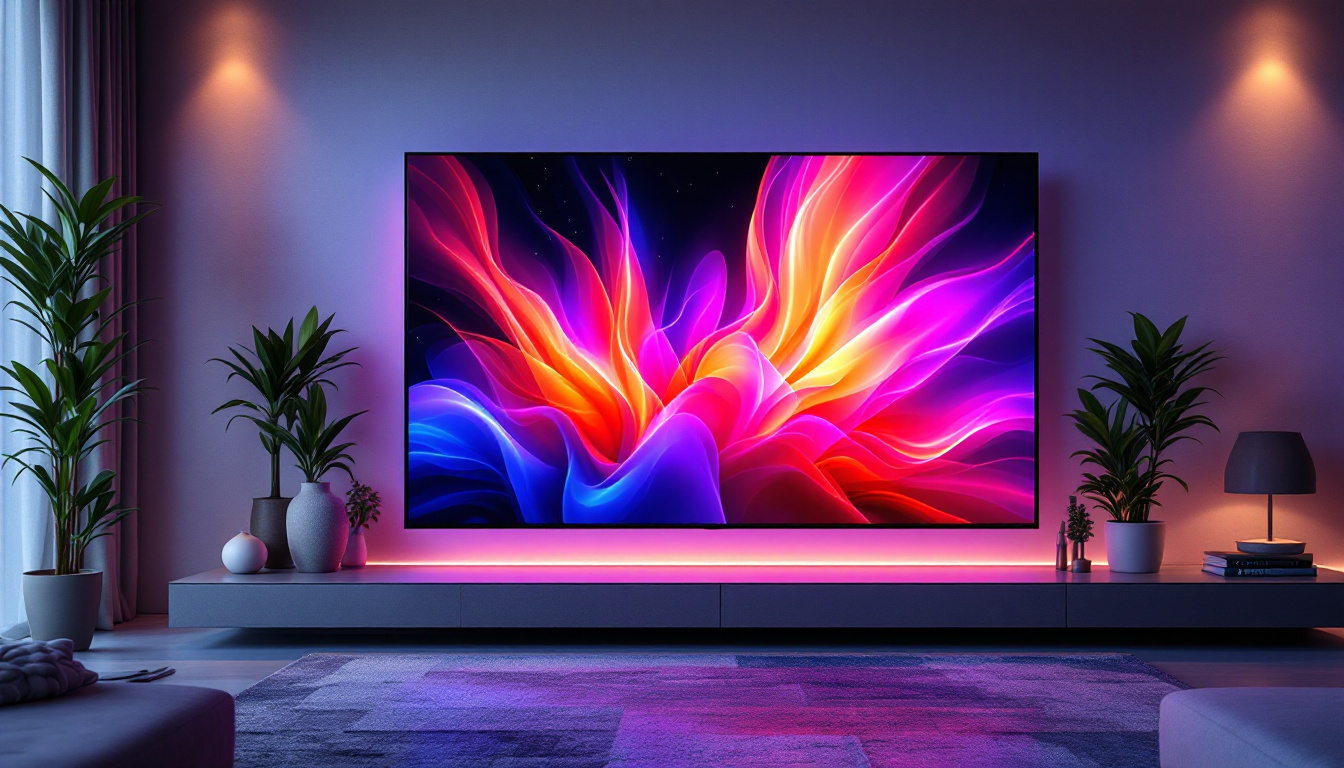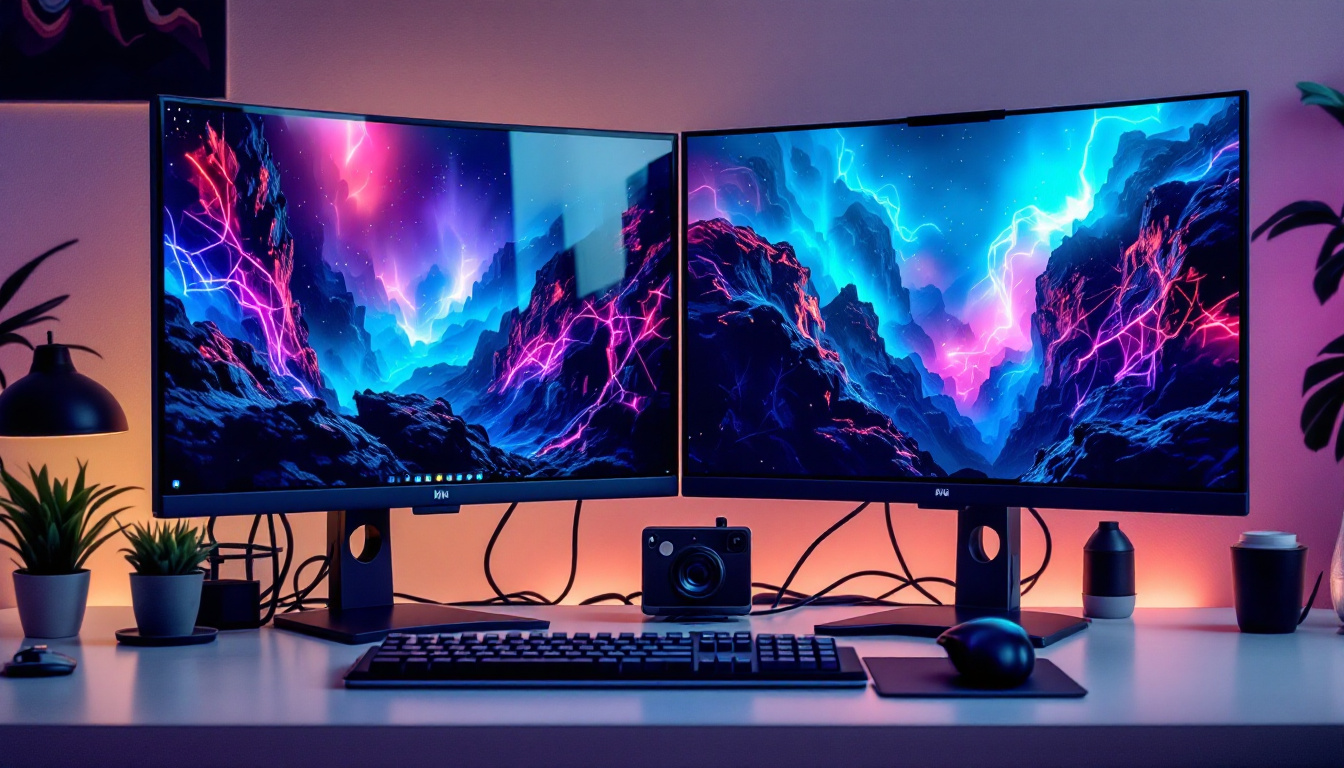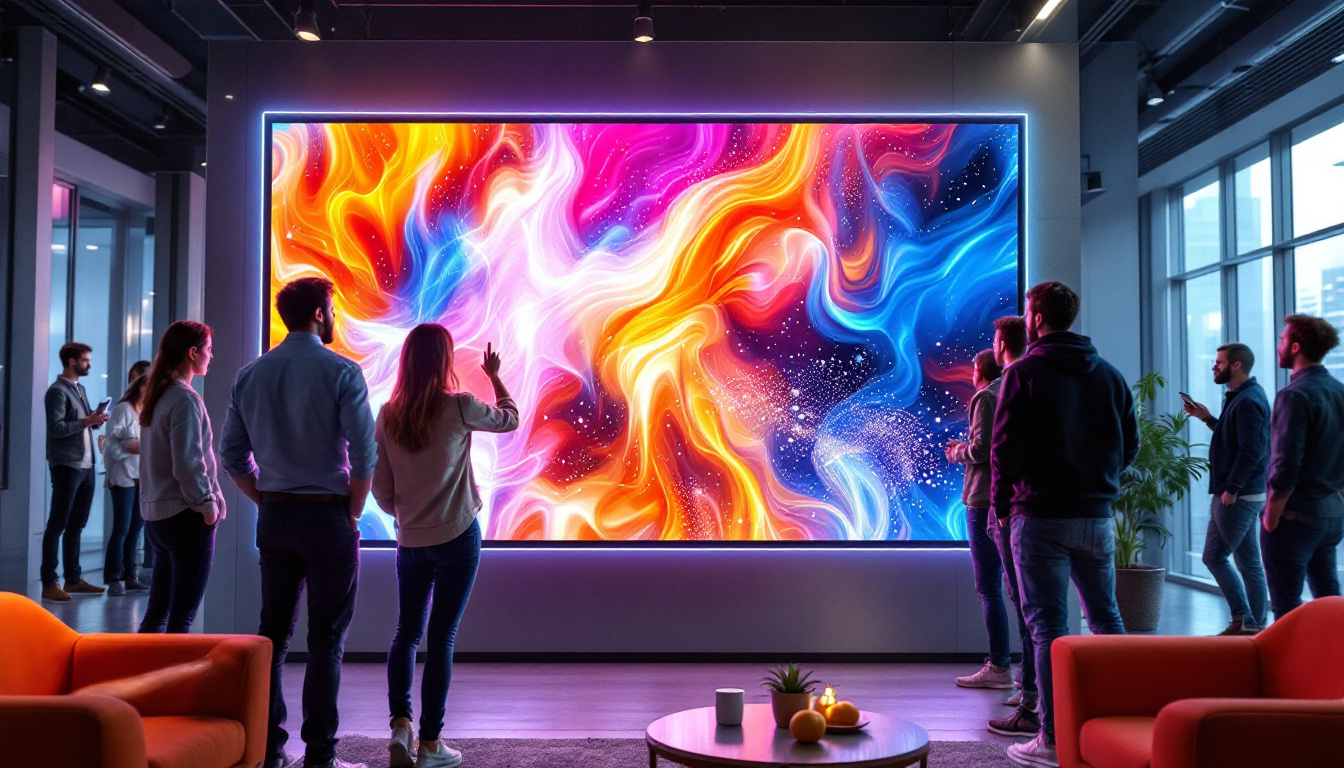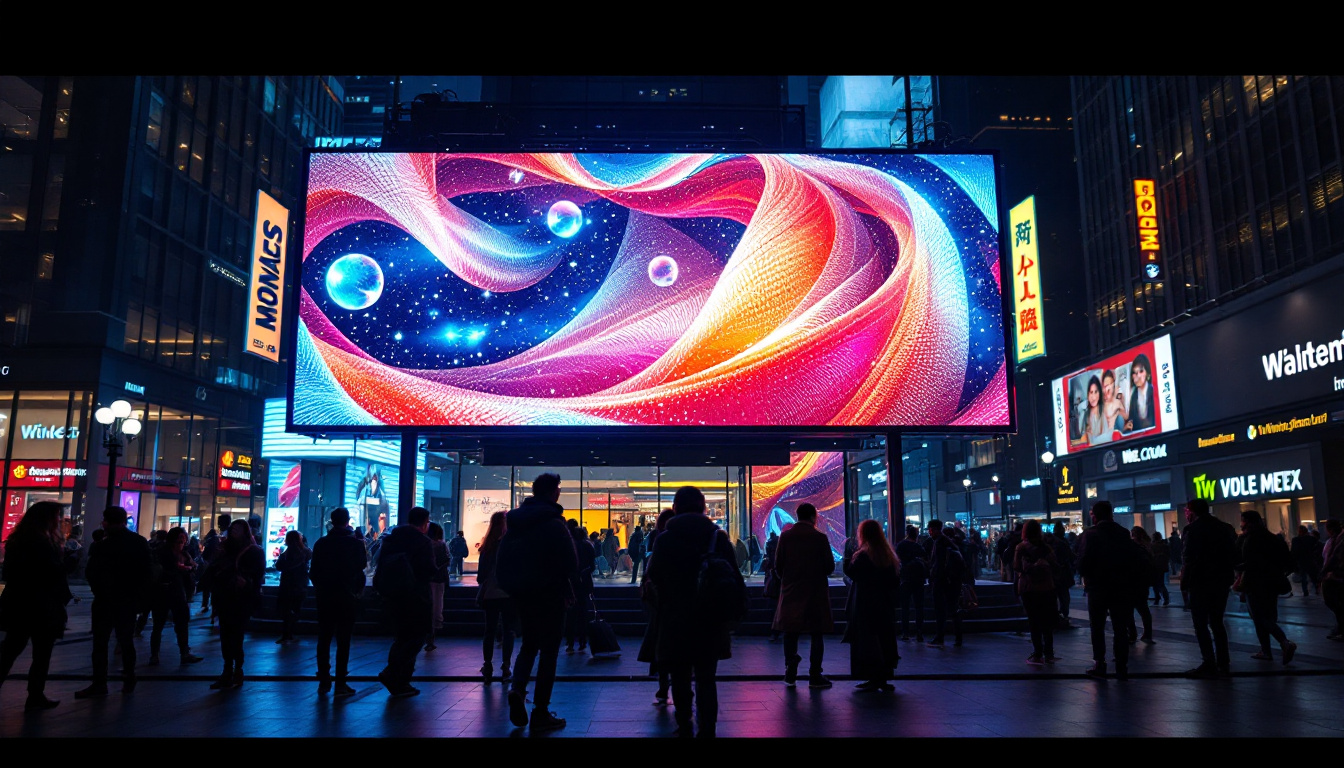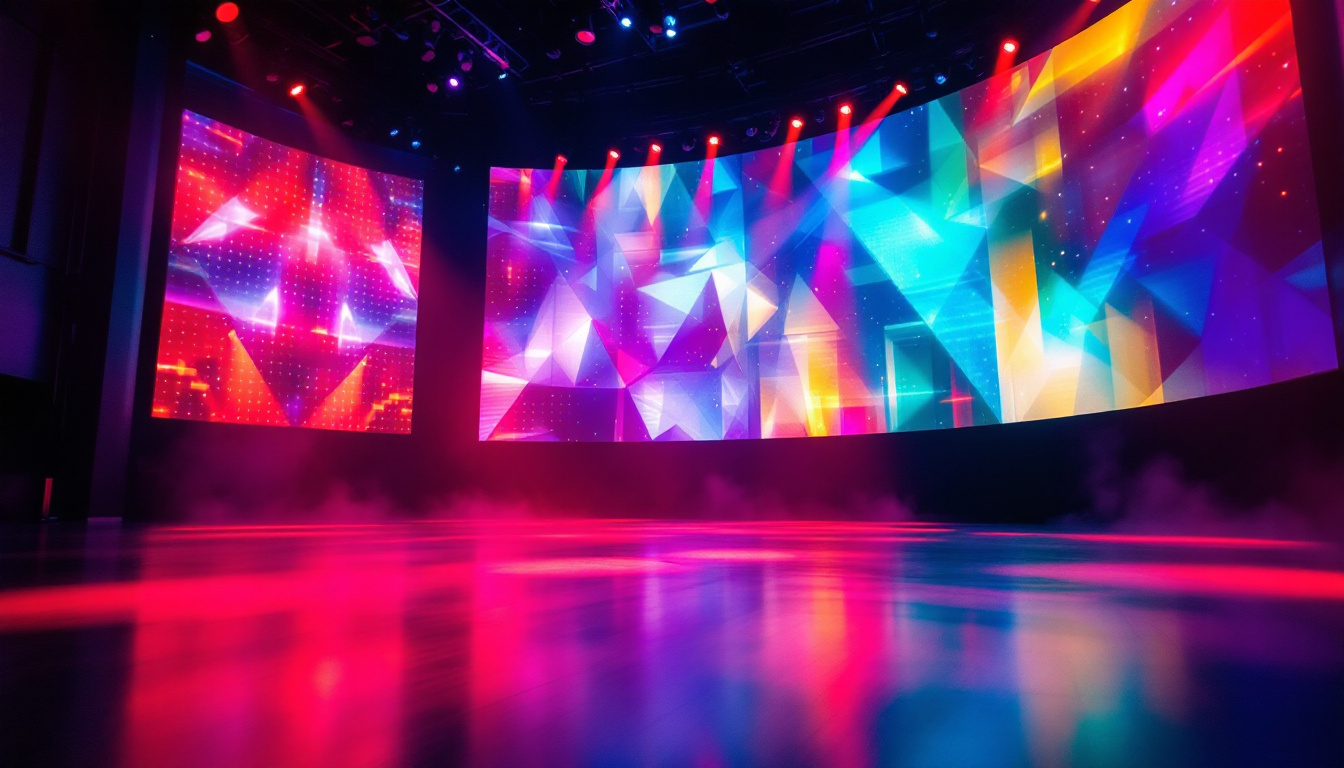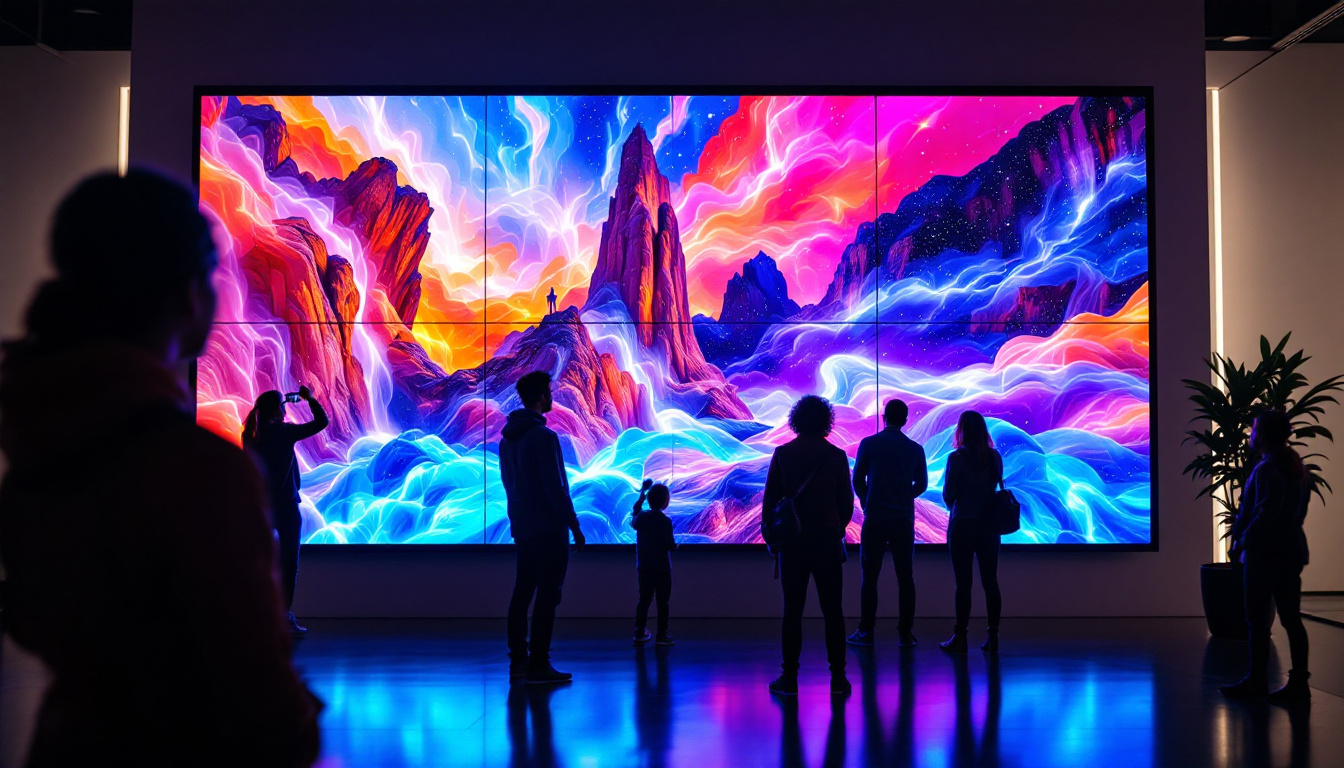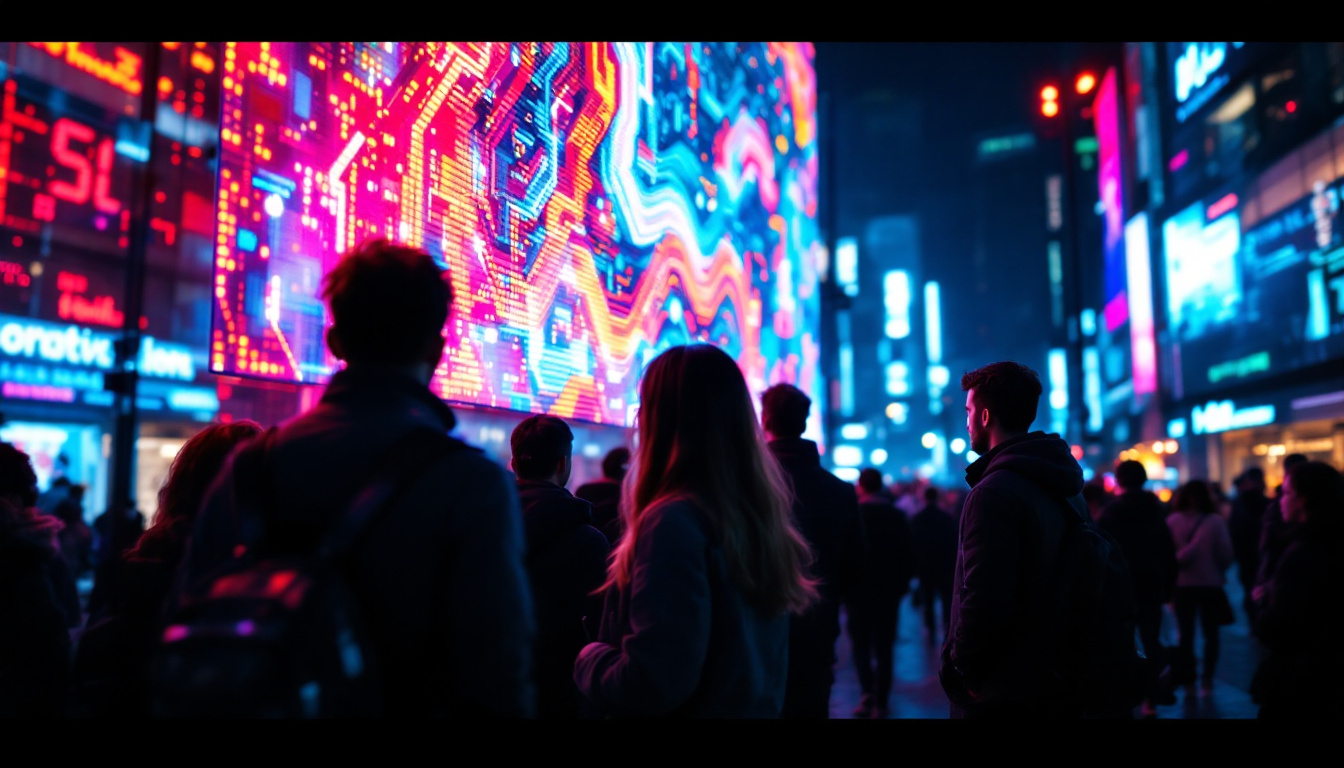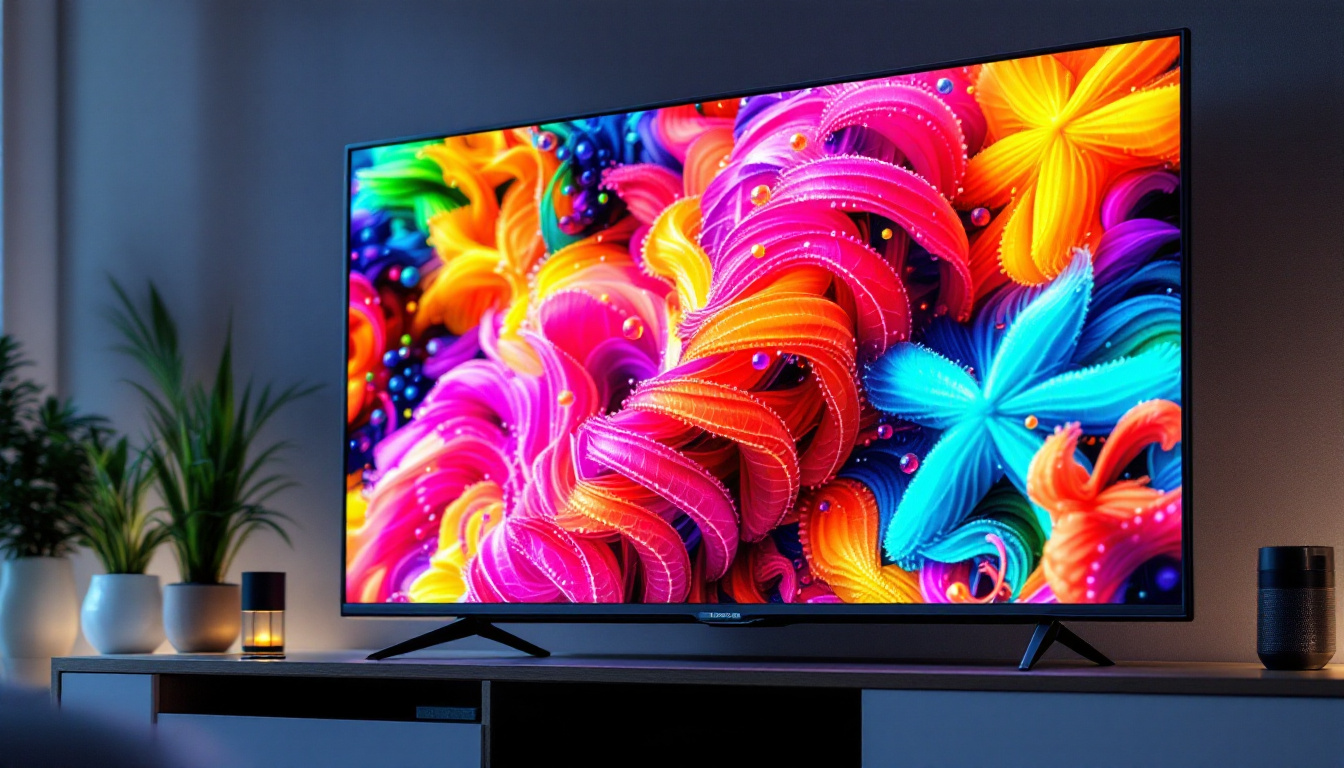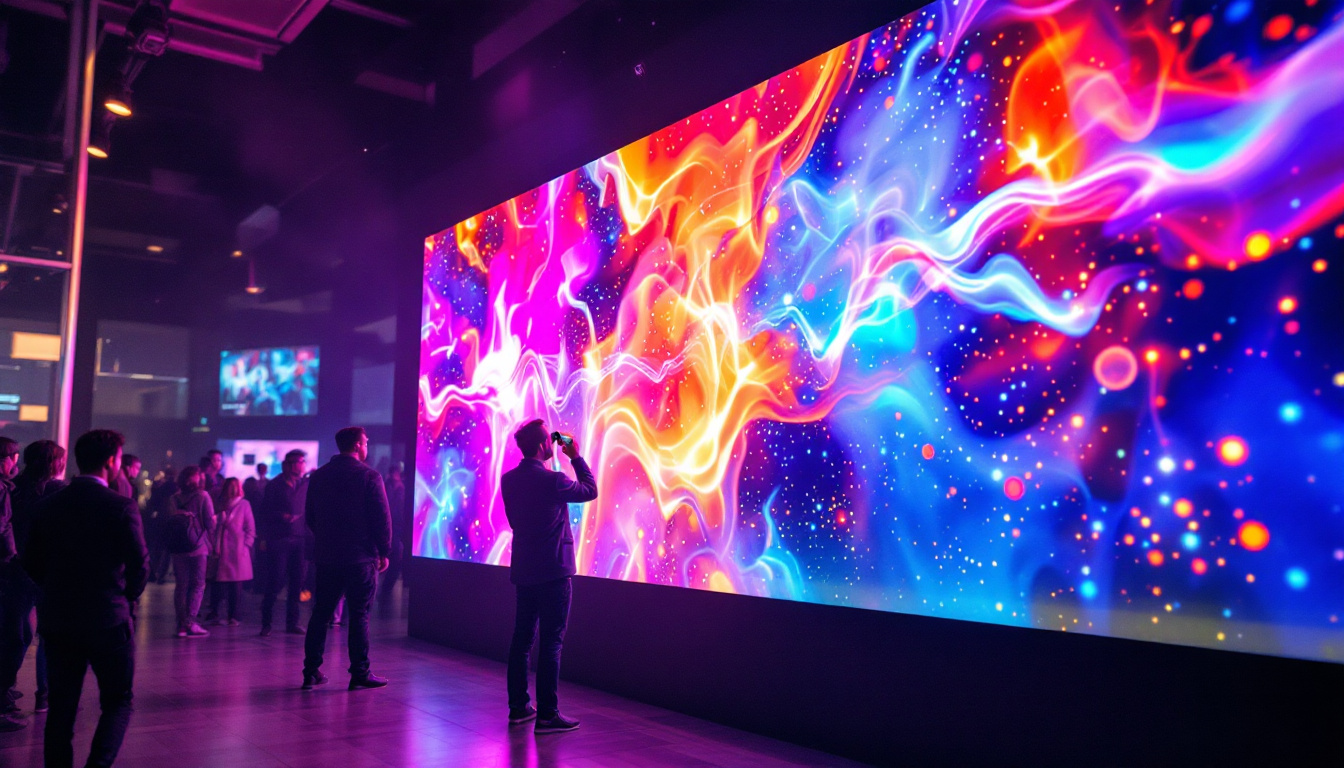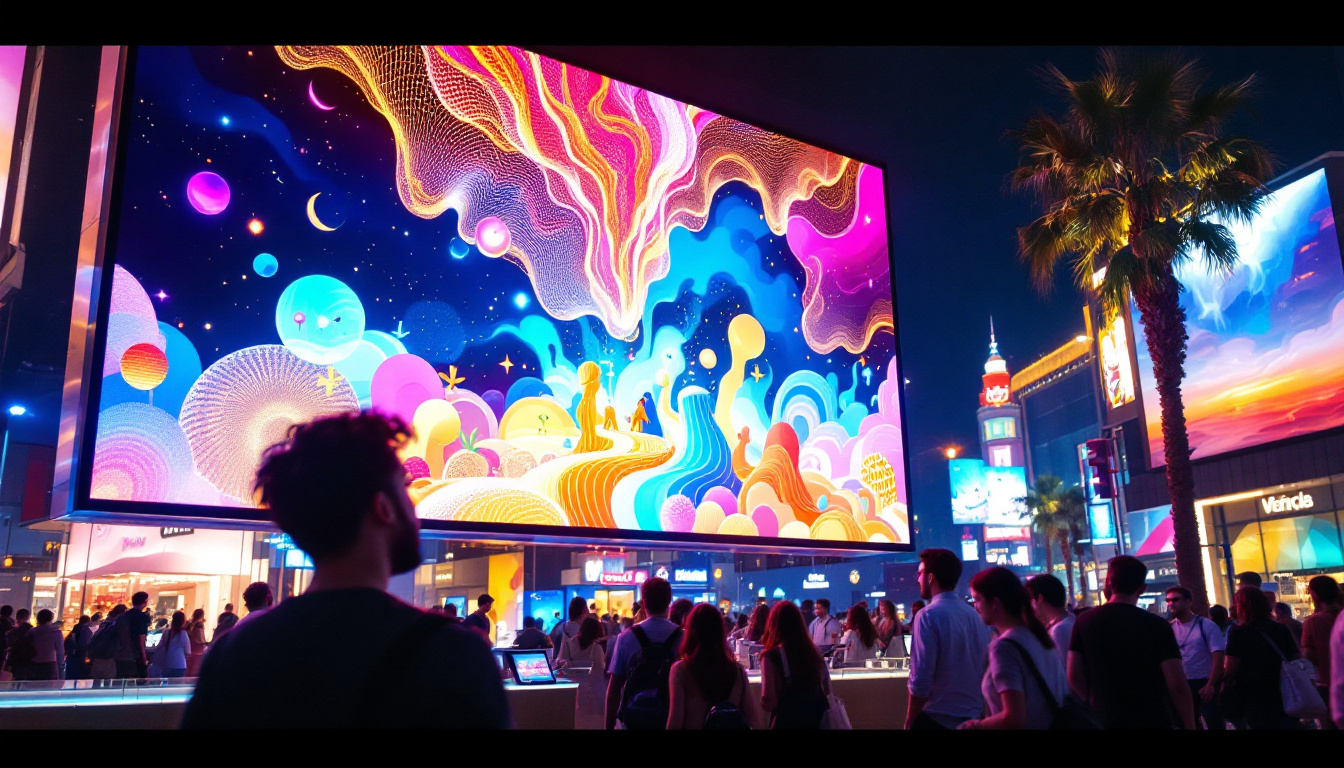In the world of event production, the combination of technology and structural integrity is paramount. One of the critical components that play a significant role in this is the truss base plate. These plates are essential for supporting LED displays, ensuring stability and safety during events. This article delves into the intricacies of truss base plates and their relationship with LED displays, providing insights into their design, functionality, and importance in modern event setups.
Understanding Truss Systems
Truss systems are frameworks used to support various structures, including lighting, sound equipment, and LED displays. They are designed to distribute weight evenly and provide a sturdy foundation for hanging equipment. Trusses are typically made from aluminum or steel, offering a balance of strength and lightweight properties, which is crucial for portability in event settings. The engineering behind truss systems allows them to span large distances without the need for intermediate supports, making them ideal for stages, exhibitions, and concert venues where unobstructed views are essential. Additionally, the modular nature of trusses enables easy assembly and disassembly, which is a significant advantage for touring productions that require quick setup and teardown times.
The Role of Truss Base Plates
Truss base plates serve as the foundation for truss systems, anchoring them securely to the ground. These plates are essential for maintaining stability, especially in outdoor environments where wind and other elements can pose challenges. By providing a solid base, truss base plates help prevent tipping and ensure that the entire structure remains upright during use. The design of these plates often incorporates features such as weight pockets or holes for securing ballast, which can further enhance stability in adverse weather conditions.
Furthermore, truss base plates come in various sizes and designs, allowing for flexibility in different setups. They can be used in conjunction with various truss configurations, making them versatile tools for event planners and production teams. The choice of base plate can significantly affect the overall stability and safety of the installation. For instance, larger base plates are typically employed in high-load scenarios, while smaller plates may be sufficient for lighter setups. Additionally, some base plates are designed with integrated leveling feet, which can be adjusted to accommodate uneven surfaces, ensuring that the truss system remains level and secure. This adaptability is crucial in environments where terrain can vary, such as outdoor festivals or temporary installations in public spaces.
LED Displays and Their Importance
LED displays have revolutionized the way information and entertainment are presented at events. Their bright, vibrant colors and high resolution make them ideal for concerts, conferences, and exhibitions. The ability to display dynamic content in real-time adds an engaging element that captivates audiences.
Types of LED Displays
There are several types of LED displays, each suited for different applications. Indoor LED displays are typically used for events held within enclosed spaces, where viewing distances are shorter. These displays offer high pixel density, resulting in sharper images and clearer text.
Outdoor LED displays, on the other hand, are designed to withstand the elements. They are built with weather-resistant materials and have a lower pixel density, allowing for visibility from greater distances. Understanding the differences between these types is crucial when planning an event, as it influences the choice of truss systems and base plates used to support them.
Integration of LED Displays with Truss Systems
The integration of LED displays with truss systems is a critical aspect of event production. Proper mounting and support are essential to ensure that the display functions correctly and safely. Truss base plates play a vital role in this integration, providing the necessary stability to support the weight of the LED panels.
When setting up an LED display, it is essential to consider the weight and dimensions of the panels, as well as the height at which they will be installed. This information helps determine the appropriate truss configuration and base plate size required to ensure safety and stability throughout the event.
Choosing the Right Truss Base Plates
Selecting the appropriate truss base plates is crucial for the success of any event involving LED displays. Several factors should be considered when making this choice, including the weight of the equipment, the type of truss being used, and the specific venue conditions.
Weight Capacity
One of the primary considerations when choosing truss base plates is their weight capacity. Each base plate has a maximum load it can support, and exceeding this limit can lead to structural failure. It is essential to calculate the total weight of the LED display and any additional equipment that will be supported by the truss system to ensure that the selected base plate can handle the load.
Size and Design
The size and design of truss base plates can also impact their effectiveness. Larger plates provide a broader base, which can enhance stability, particularly in outdoor settings where wind may be a factor. Additionally, some base plates come with features such as holes for anchoring, which can further increase stability when securing the truss system to the ground.
Design considerations may also include portability and ease of setup. Some base plates are designed to be lightweight and easy to transport, making them ideal for events that require quick setups and takedowns.
Installation and Safety Considerations
Proper installation of truss base plates is critical to ensuring safety during events. A well-structured installation not only enhances the aesthetic appeal of the setup but also minimizes the risk of accidents. Event planners and technicians must adhere to best practices when installing truss systems and their associated base plates.
Best Practices for Installation
Before installation, it is essential to conduct a site assessment to determine the best location for the truss system. Factors such as ground conditions, proximity to power sources, and audience sightlines should all be considered. Once the site is chosen, the truss base plates should be positioned on stable ground, ensuring that they are level and secure.
When assembling the truss system, it is crucial to follow the manufacturer’s guidelines and recommendations. This includes using the appropriate hardware and tools for securing the truss to the base plates. Regular inspections during the setup process can help identify any potential issues before the event begins.
Safety Regulations and Compliance
Adhering to safety regulations is vital in the event production industry. Many regions have specific guidelines regarding the installation and use of truss systems and LED displays. Familiarity with these regulations is essential for ensuring compliance and minimizing liability risks.
Event planners should also consider conducting safety training for their teams, focusing on the proper handling and installation of truss systems and base plates. This training can help prevent accidents and ensure that all team members are aware of safety protocols.
Maintenance and Inspection of Truss Systems
Regular maintenance and inspection of truss systems and base plates are essential for ensuring their longevity and safety. Over time, wear and tear can occur, particularly with frequent use in various environments. Implementing a maintenance schedule can help identify potential issues before they become significant problems.
Routine Checks
Routine checks should include inspecting truss base plates for signs of damage, such as cracks or bends. Additionally, the connections between the truss and base plates should be examined to ensure they remain secure. Any loose or damaged components should be addressed immediately to prevent accidents during events.
Cleaning the truss system and base plates is also important, especially for outdoor events where dirt and debris can accumulate. Regular cleaning helps maintain the equipment’s appearance and functionality, ensuring that it remains in optimal condition for future use.
Long-Term Storage Considerations
When not in use, truss systems and base plates should be stored properly to prevent damage. This includes keeping them in a dry, climate-controlled environment to avoid corrosion and other forms of deterioration. Additionally, stacking or storing the equipment in a way that prevents bending or warping is crucial for maintaining its integrity.
Future Trends in Truss Base Plates and LED Displays
The event production industry is continually evolving, with new technologies and trends emerging regularly. As the demand for more advanced LED displays increases, so too does the need for innovative truss systems and base plates that can accommodate these developments.
Advancements in Materials
One of the trends in truss base plates is the use of advanced materials that offer enhanced strength and durability while remaining lightweight. Innovations in composite materials and aluminum alloys are paving the way for stronger and more portable base plates, making them easier to transport and set up.
Additionally, the development of modular truss systems allows for greater flexibility in design and configuration. These systems can be easily adapted to suit various event types, making them a popular choice among event planners.
Smart Technology Integration
Another exciting trend is the integration of smart technology into truss systems and LED displays. This includes features such as remote monitoring and control, which can enhance safety and efficiency during events. By leveraging technology, event planners can ensure that their setups are not only visually stunning but also safe and reliable.
Conclusion
Truss base plates are an essential component of modern event production, providing the necessary stability and support for LED displays. Understanding their importance, along with the various factors involved in selecting and installing them, is crucial for ensuring successful events. As technology continues to evolve, so too will the designs and materials used in truss systems and base plates, paving the way for even more innovative and engaging event experiences.
By prioritizing safety, adhering to best practices, and staying informed about industry trends, event planners can create stunning displays that captivate audiences while ensuring the structural integrity of their setups. The future of event production looks bright, and truss base plates will undoubtedly continue to play a pivotal role in this dynamic industry.
Discover LumenMatrix LED Display Solutions
Ready to elevate your event production with unparalleled visual displays? LumenMatrix is at the forefront of LED display technology, offering a wide array of solutions that promise to transform any space into a dynamic visual spectacle. From Indoor and Outdoor LED Walls to innovative Floor and Custom LED Displays, our products are designed to captivate your audience and amplify your message. Experience the future of visual communication with LumenMatrix’s cutting-edge digital signage and LED displays. Check out LumenMatrix LED Display Solutions today and see your vision come to life.

